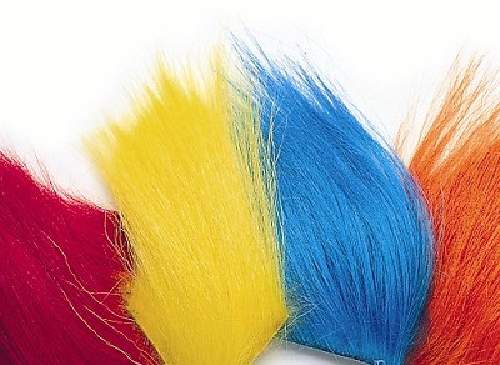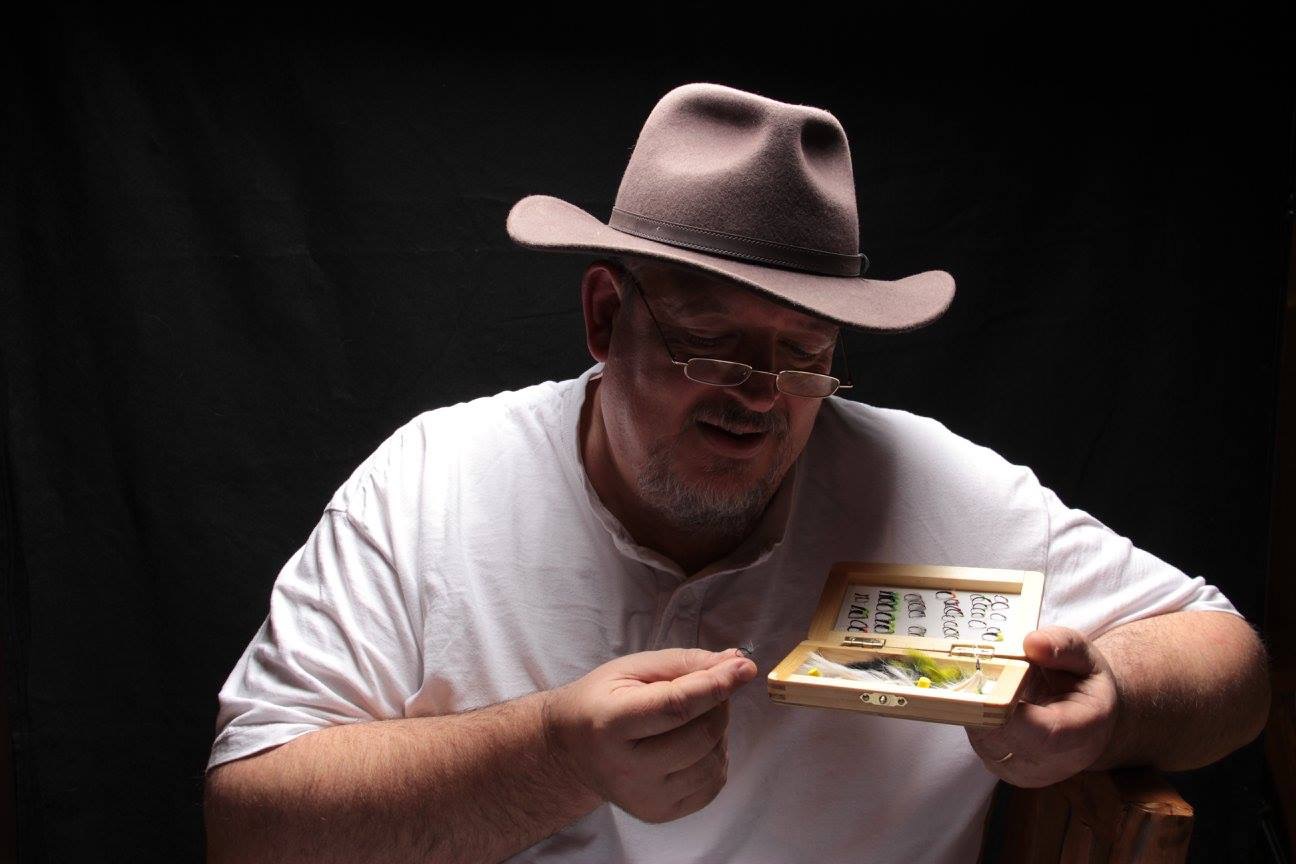Furs have been used for a long time from the most basic and reasily available fly tying furs like Hare used in the GRHE (Gold Ribbed Hares Ear), Rabbit, Squirrel to Seals Fur a long used staple in fly tying dubbing and exotic more difficult to find and expensive furs like Cashmere and Arctix Fox and even Polar Bear. The modern fly tyer is becoming more aware of the environment and legal restrictions means many exotics and rare furs are not used in fly tying except in certain countries like Polar Bear in Canada where they are legally shot if invading towns. However with so many wonderful furs available and plentiful the fly tyers today uses more common furs for zonker strips (long thin strips used for winging) or as dubbing as in the Gold Ribbed Hares Ear. Modern fly tyers are much more environmentally concious and rightly refuse to use illegal or exotic furs like Polar Bear and Seal when modern synthetics provide ideal substitutes.
 There are many fly tying furs used commonly in tying today these include:
There are many fly tying furs used commonly in tying today these include:
- Rabbit
- Hare
- Bucktail
- Seal
- Muskrat
- Squirrel
- Arctic Fox
- Boar Bristles
- Calf
- Deer
- Goat
- Mole Skins
- Moose and Elk
- Icelandic Sheep
- Mink
Even mouse has been used as dubbing on small flies by some adventurous fly tyers!
Fur Usage In Fly Tying
Fly Tying DubbingFurs have many used in fly tying. Fur on animals often has a soft underfur and spiky guard hairs. The mix of hair typers are what makes he spiky effect on flies like the GRHE. As can be seen the effect of the two different types of hairs gives a natural 'buggy' look to the GRHE. Seals fur has long been used as a dubbing for flies because of its waterproof nature and subtle soft feel. Traditionally used for the bodies of dries this is becoming frowned upon with synthetic seals fur dubbing readily available. With problems of illegal harvesting and public outcry over baby seal culls it is right that fly fishermen move to synthetic dubbing which has a very similar feel. |
|
| GRHE Using Spiky and Soft Underfur for Dubbing | |
Zonker Strips In Fly Tying
Zonker strips can be made in different widths from small 3mm (or smaller) to 7mm (or even larger). Zonkers can be made from any fur, from squirrel, rabbit to muzkrat. Many Modern flies like Mohicans use zonkers, in this case Pine Squirrel which is shorter and gets less waterlogged to create highly mobile wings on streamers.
|  |
| Zonker Strips in Fly Tying |

Hair Length Of Furs For Fly Fishing Patterns
Many fur hairs are used as wings on streamers and particularly salmon flies. Each fur has different lengths and usage. Fur length on fly tying furs is as follows:
- Nayat Pelt 150mm to 175mm
- Polar Bear 5mm to 150mm
- Cashmere Goat 160mm
- Marble Fox Tail 80 to 90mm
- Shadow Fox Tail 60 to 70mm
- Shadow Fox Pelt 50mm
- Fox Mask 10 to 75mm
- Boar Bristles 70mm
- Mink Tail 50mm
- Coypu Pelt 20-50mm
With high mobility a pinch of hairs can create amazing mibility of long flies like Sunray Shadows where the hairs are tied down the hook shank or Salmon Hairwings where the fur is tied forward then back to create a raised high wing which again is very mobile.
Hair As Feelers
 Boar bristles and spikier hairs are often as long as 2 or 3 inches make ideal shrimp feelers For salmon flies. Used for trout flies also boar bristles can be a useful fly tying material.
Boar bristles and spikier hairs are often as long as 2 or 3 inches make ideal shrimp feelers For salmon flies. Used for trout flies also boar bristles can be a useful fly tying material.
Flies like the Frances Icelandic pattern show this ideally with the boad brstles looking like shrimp feelers.









I recently acquired a range of furs and would like to identify trout and sea trout flies that I can tie with them. Apart form the obvious ones like zonkers can you please identify a number of flies that they are good for. Or is it salmon flies that furs are most often used for. Oh yes I generally fish reservoirs for rainbow an brownies and will be going for southwest rivers for sea trout.
Many thanks,
Brian